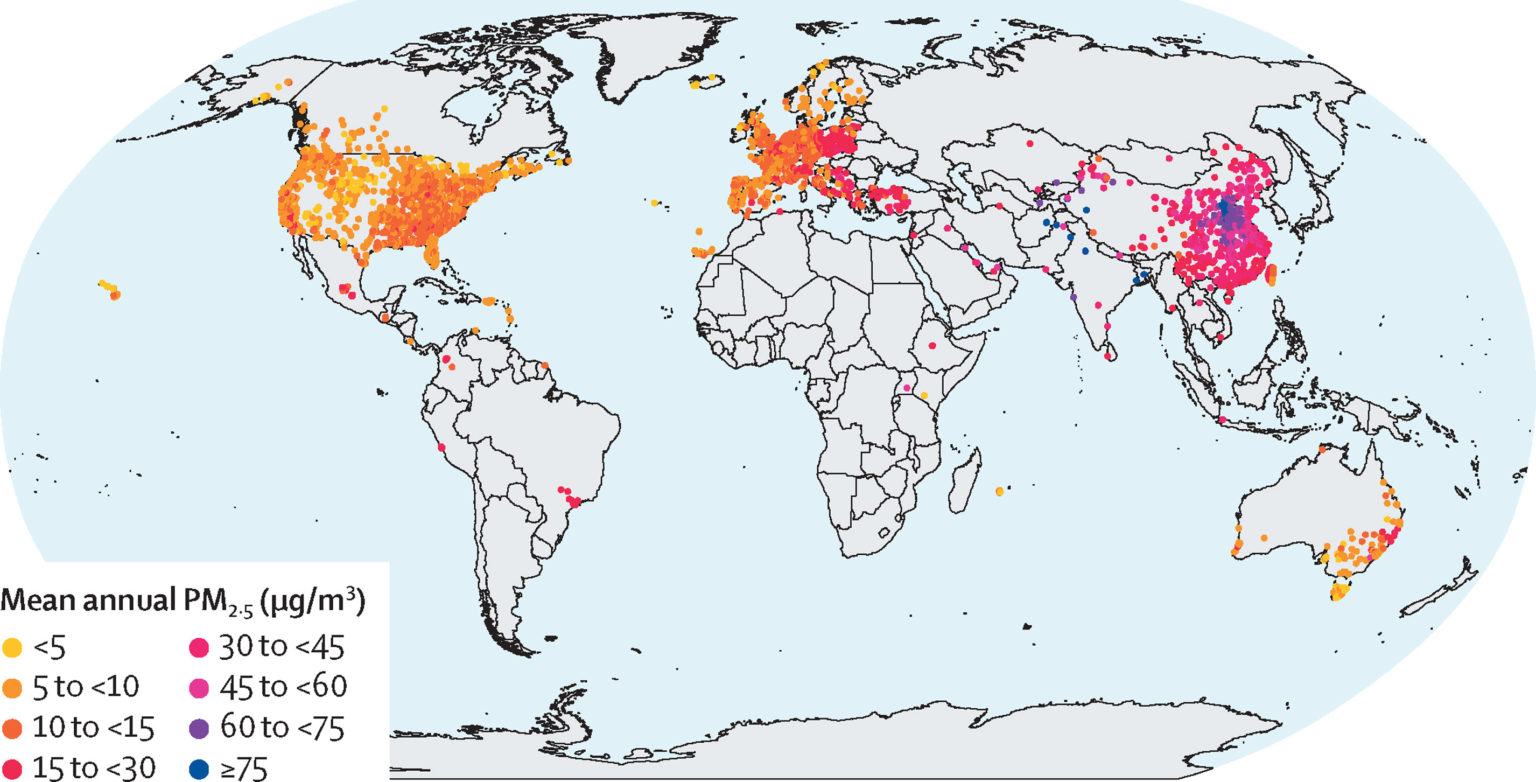A small, retrospective study in a part of Utah known for poor air quality retraced pollution exposure levels in patients hospitalized for brain bleeds, finding a potential link.
“We found that these patients were experiencing higher rates of aneurysmal rupture three to six months after peaks in air pollution levels,” University of Utah neurosurgeon Robert Rennert explains.
Airborne pollutants, including ozone, nitrogen dioxide, sulfur dioxide, carbon monoxide, and particles less than 2.5 micrometers (PM2.5), are known to damage our health by causing inflammation throughout our bodies.
They are estimated to cause around 8 million deaths a year and there’s now almost nowhere on Earth with air free from these substances.
Related: Air Pollution ‘Strongly Associated’ With DNA Mutations Tied to Lung Cancer
The Wasatch Front – a metropolitan region towards Utah’s north flanked by mountains and Utah Lake – has a particularly bad reputation for concentrating air pollutants. So Rennert and team collected data on the preceding five years of environmental exposure in the region for 70 patients treated for aneurysmal subarachnoid hemorrhage.
Accounting for changes in season, temperature, and barometric pressure, there was a statistically significant increase in brain hemorrhages months after exposure to the highest PM2.5 levels.
While the study doesn’t prove the link is causal, the researchers suspect longer-term exposure to these pollutants might be creating multiple health problems that eventually raise the risk of brain bleeds. Air pollution sensitizes our bodies to inflammatory cytokine cascades, causes an accumulation of cellular damage, and impairs DNA repair processes.
This sort of damage could accumulate to weaken the walls of blood vessels in our brains, eventually leading to ruptures, Rennert and team explain.
“Future studies on how PM2.5 exposure affects local inflammatory or cell-level changes are needed to further define this association,” the team cautions.
Air pollution is known to exacerbate other health risks. It makes extreme heat even deadlier and COVID-19 more severe.
While some countries, including China, have made massive strides in reducing air pollution, it is still rising in many regions around the world.

“We’re hoping that our research helps alert people to the public health risks of air pollution and encourages changes,” says Rennert.
“Incentivizing public transportation use, applying stricter daily pollution quota regulations, and broadening research funding for environmental studies will all help to lessen our exposure and have long-term benefits for collective health.”
This research was published in npj Clean Air.
